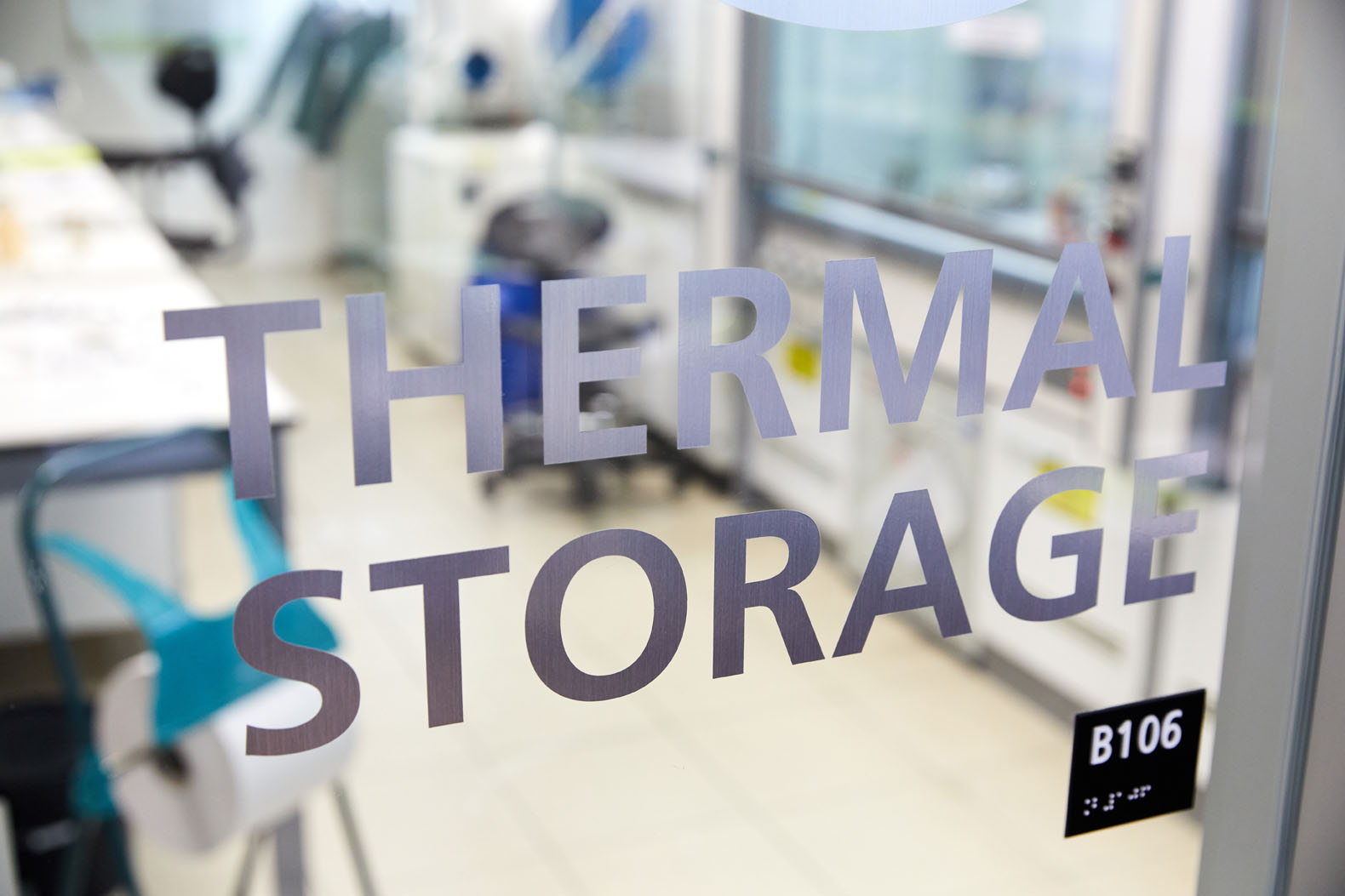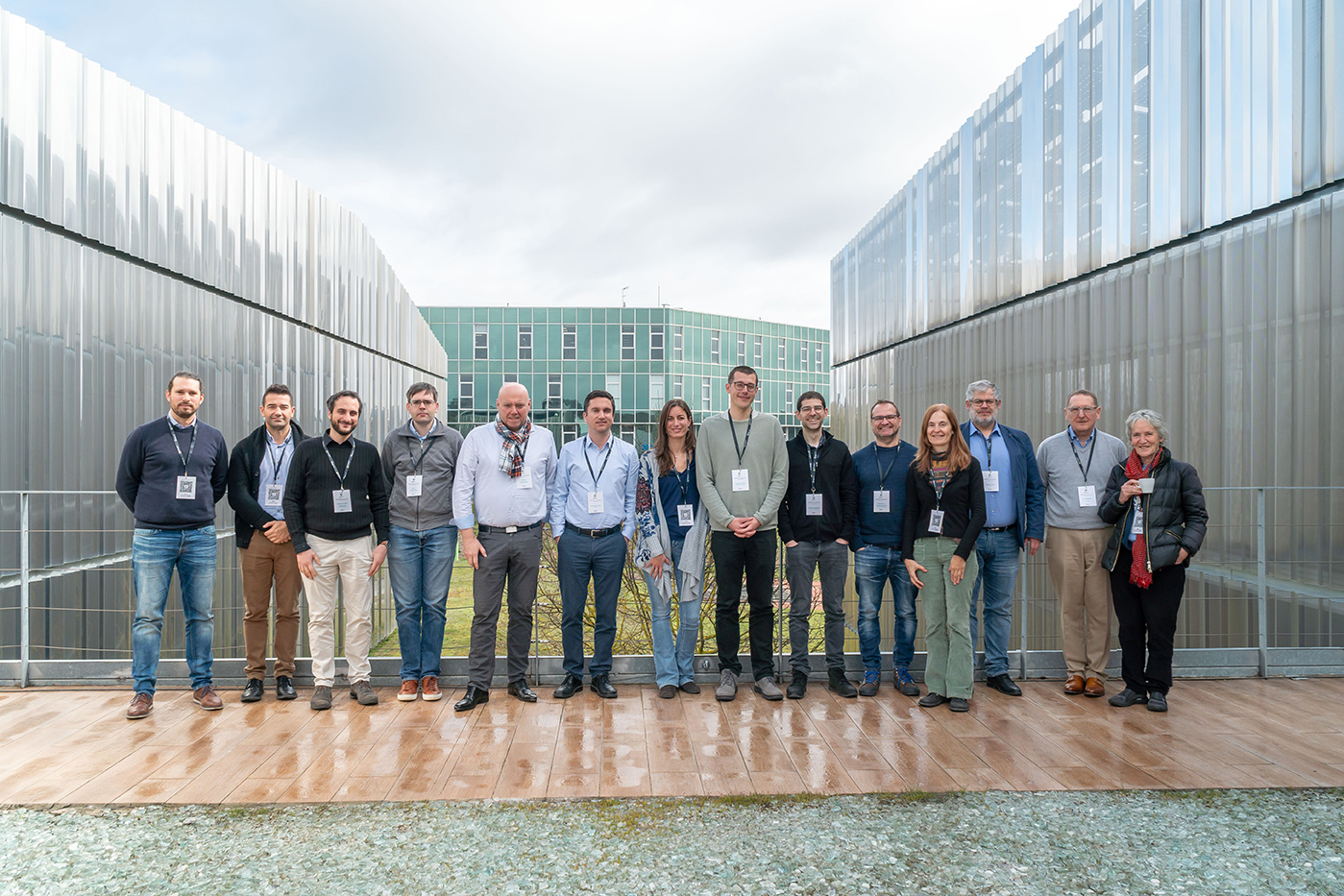CICenergiGUNE, the Basque research center of reference in electrochemical energy storage, thermal energy storage and conversion and hydrogen technologies, has began working on the development of an innovative method for the valorization of plastic waste into clean hydrogen and high added value carbon materials with zero net emissions. The research is part of the European WASTE2H2 project, where the valorization of plastic waste -responsible for one of the major pollution problems on the planet- is combined with the decarbonized production of clean hydrogen and carbon materials.
“This project is going to allow us to give an answer of multiple impact to some of the most important challenges that society and the planet are facing nowadays, such as the plastic waste management that is threatening our natural ecosystem or the generation of clean energy”, has assured Eduardo J. Garcia-Suarez, IKERBASQUE Associate researcher and Principal Investigator of CIC energiGUNE in the WASTE2H2 project.
In this regard, it is worth noting that the project has been funded through the European Commission´s 2023 EIC-Pathfinder-Open call, through which 53 projects - out of more than 780 proposals submitted - have received funding. The WASTE2H2 project was ranked 19th in the main funding list, which shows its projection and impact expectations.
In particular, WASTE2H2 considers the development of a disruptive methodology that combines innovative catalytic systems based on ionic liquids with microwave irradiation. This technology could be a cornerstone for the selective generation of clean, high-purity hydrogen as well as valuable decarbonized chemicals - carbon materials such as e.g. activated carbon or carbon nanotubes - using plastic waste as feedstock. “It is a way of addressing at the same time the environmental problem caused by plastic waste and the necessity of generating clean energy contributing this way to fighting global climate change”, has expressed Eduardo J. Garcia-Suarez.
In this sense, WASTE2H2 consortium -which has celebrated today in Álava the kick-off meeting of the project- foresees significant advances compared to current alternatives in plastic waste chemical recycling and clean hydrogen generation. WASTE2H2 is a one-step technology (powered by renewable electricity) for the catalytic deconstruction of plastic waste that aspires to a rapid generation of highly pure hydrogen; the co-production of a carbon material as a unique co-product with easy recovery for its commercialization; a significant reduction in energy consumption due to microwaves; and to the potential cost reduction in the generation of clean hydrogen due to the commercialization of the valorizable co-produced carbon material.
As has been pointed out at the kick-off meeting, around 300 million tons of plastic waste are generated worldwide every year and only a small percentage - less than 9% according to the United Nations Environment Program - is being recycled, 12% is incinerated and the remaining 79% generates major pollution problems. Consequently, WASTE2H2 technology will be tool of enormous potential to contribute to an effective and lasting solution to the concern caused by plastic waste.
In fact, it was mentioned at the meeting that there are already different ways for plastic waste valorization. Among them, the chemical recycling, such as pyrolysis or gasification, is of high interest because is possible to obtain raw materials and/or energy for industry. Nevertheless, most of these solutions are not very selective, not economically viable or difficult to implement in the industry. In this context, WASTE2H2 project, where innovative catalytic systems are combined with microwave irradiation, has the potential to produce in a relatively simple way (one-step) and with high selectivity, clean hydrogen at low cost and a carbon material as a sole coproduct with multiple potential applications.
The WASTE2H2 project is coordinated by CIC energiGUNE with the participation of Friedrich-Alexander-Universität Erlangen-Nürnberg, the Ecole Nationale Supérieure de Chimie de Paris (i-CLeHS, institute of chemistry for life and health sciences), as well as the companies IoLiTec and SENER Ingeniería y Sistemas, together with Sener Mobility as an affiliated entity.
This project has received funding from the European Union´s Horizon Europe research and innovation programme through the European Innovation Council under the grant agreement No. 101130249.
Views and opinions expressed are however those of the author(s) only and do not necessarily reflect those of the European Union or European Innovation Council. Neither the European Union nor the granting authority can be held responsible for them.






